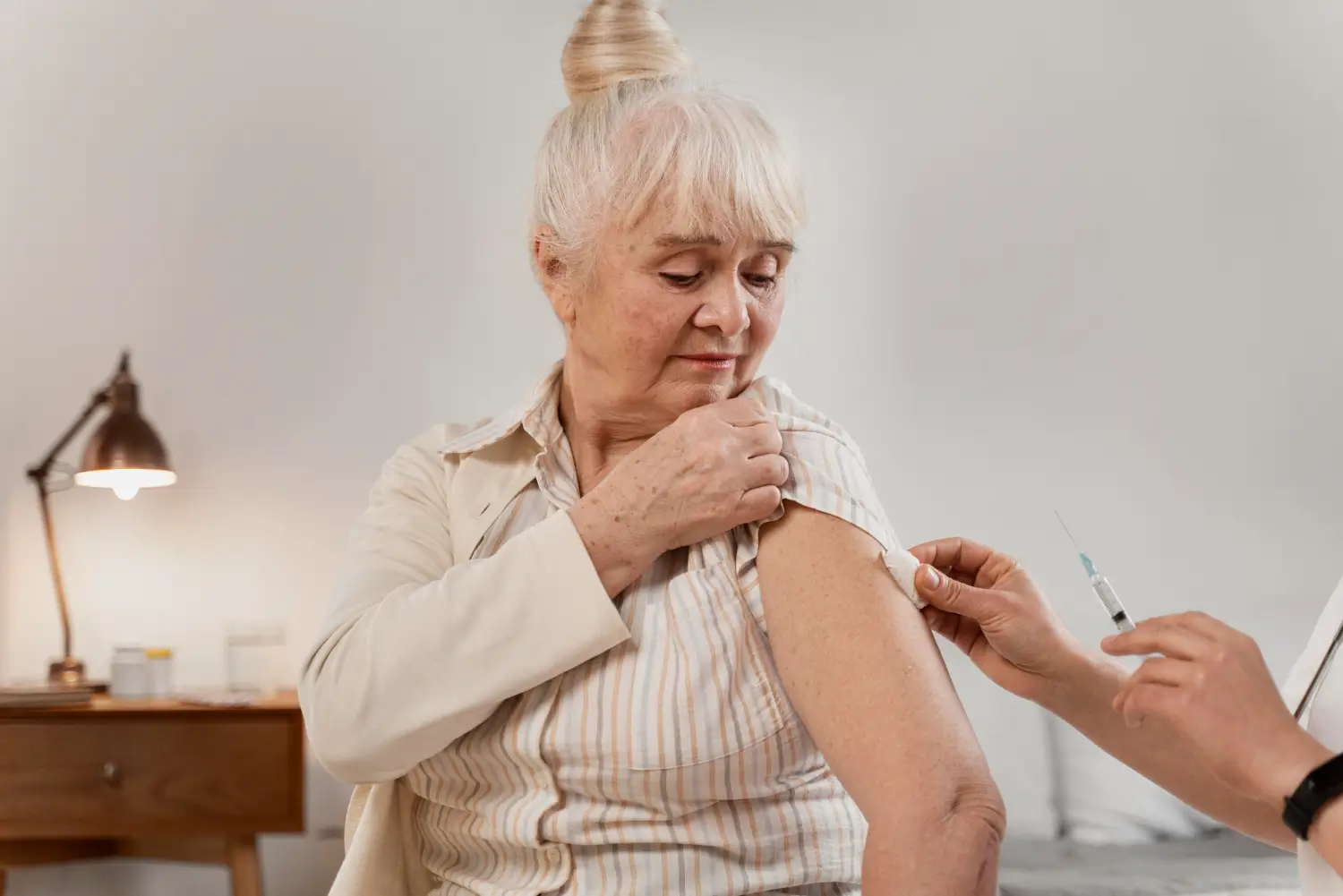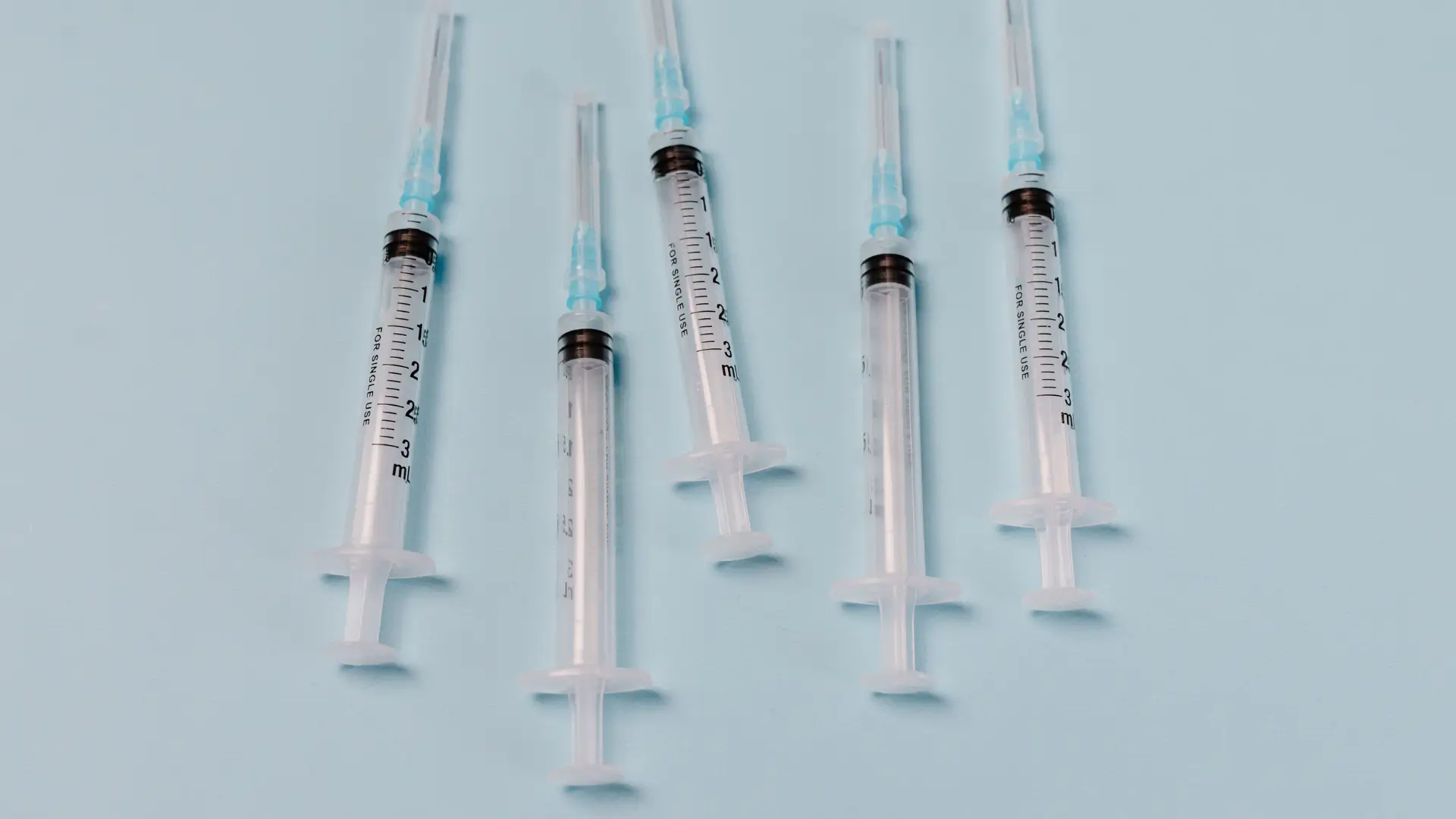A recent study found that osteoporosis management remains insufficient, with treatment rates declining over time. Researchers observed that only 55.53% of diagnosed patients received treatment, which highlights significant gaps in care that could lead to worsening bone density and increased fracture risk. As osteoporosis progresses, individuals face higher chances of debilitating fractures, severely affecting their mobility and quality of life.
Among the various treatment options for osteoporosis, Evenity (romosozumab) has emerged as a key medication designed to improve bone density in postmenopausal women. Understanding how Evenity works and how it compares to other treatments is crucial for making informed decisions about managing osteoporosis.
In this article, we will dive into Evenity’s mechanism, its benefits, and the patient selection criteria, helping you determine whether it’s the right choice for your osteoporosis treatment.
Key Takeaways
- Evenity (romosozumab aqqg) is a sclerostin inhibitor developed for the treatment of postmenopausal osteoporosis in women at high risk for fractures.
- This Evenity treatment has a dual-action mechanism that stimulates bone formation while simultaneously reducing bone resorption.
- Evenity has FDA approval for patients with low bone mineral density (BMD) or osteopenia, particularly those with a high fracture risk.
- Its typical treatment regimen follows a 12-month dose duration of 210 mg administered as two subcutaneous injections of 105 mg each.
- Clinical trials have demonstrated that Evenity significantly reduces the incidence of vertebral fractures, while also showing notable increases in BMD at key skeletal sites such as the lumbar spine, total hip, and femoral neck. These findings confirm the anabolic effects and overall improvement in skeletal strength of Evenity.
- The ideal patient profile for Evenity includes individuals with a history of fragility fractures, low BMD, and those who have not responded to or are intolerant to other osteoporosis treatments. Patient selection involves evaluating fracture risk using tools like the FRAX assessment.
- Patient safety is critical during treatment, with healthcare providers encouraged to monitor for side effects and ensure proper fracture risk assessments before initiating therapy.
- Evenity treatment dosing requires careful adherence to the prescribed schedule, and missed doses can affect its effectiveness. Patients must consult their healthcare provider for guidance if doses are missed or if there are concerns during therapy.
About: Medica Depot is your trusted all-in-one supplier, offering a range of high-quality medical injectables and supplies. If you’re looking to buy Evenity for your practice, our sales representatives will give you guidance. Whether for health professionals, plastic surgeons, dermatologists, licensed estheticians, or other specialists, we can offer genuine, brand-name products you may need. With Medica Depot, we prioritize serving you better to improve the patient’s quality of life.
What Is Evenity’s Mechanism of Action and Drug Class?
Amgen developed Evenity (romosozumab-aqqg) as an innovative treatment of postmenopausal osteoporosis in women at high risk of fracture. The US Food and Drug Administration (FDA) places this treatment option in the class of sclerostin inhibitors.
Unlike traditional antiresorptive drugs, Evenity works by encouraging new bone formation and reducing bone breakdown. This dual-action mechanism offers a unique approach to improving bone health. Evenity binds sclerostin, a protein produced by osteocytes that normally inhibits bone-forming cells (osteoblasts).
By blocking sclerostin’s activity, Evenity effectively activates osteoblasts, leading to increased bone formation and enhanced bone mineral density (BMD). This mechanism strengthens the skeleton and lowers the risk of bone fractures, particularly in individuals with osteoporosis.
Additionally, this dual mechanism makes Evenity unique among osteoporosis treatments, providing rapid gains in bone mass within the first year. According to the Evenity EPAR, this pharmacological action contributes to its strong clinical benefit in reducing fracture risk in high-risk patients.
What Is Evenity Approved For: Postmenopausal Osteoporosis Indications and Patient Criteria

The US FDA has approved Evenity for the treatment of osteoporosis, specifically for postmenopausal women who are at high risk for fracture. This includes those with a history of fragility fractures, multiple risk factors for bone fractures, or patients who have not tolerated or responded to other drug treatments.
The clinical trials demonstrated the factors needed for patient selection. Evenity candidates typically present with low bone mineral density or have osteopenia combined with a high fracture probability. Age, chronic glucocorticoid use, or increased risk of falls also play a part in the selection process.
Additionally, the treatment regimen consists of 12 monthly doses, after which alternative antiresorptive therapy is recommended. Evenity dosing requires a single dose of 210 mg, administered as two injections of 105 mg each during the monthly session.
A healthcare professional must assess patients before prescribing, taking into account fracture history, T-score levels (≤ −2.5), and additional risk factors such as age, falls, or glucocorticoid exposure. This careful view of patient conditions ensures treatment safety and optimizes outcomes.
What Is Evenity’s Clinical Efficacy According to Trials?

Evenity has undergone extensive evaluation in large, randomized controlled trials involving postmenopausal women with osteoporosis. The clinical data clearly show that Evenity significantly reduces fracture risk while substantially boosting bone mineral density (BMD), reflecting its robust anabolic effects and overall improvements in skeletal strength.
According to the clinical data involving Evenity, patients treated with Evenity experienced a dramatic decrease in new vertebral fractures compared to those receiving a placebo, a finding that supports its effectiveness during the full 12-month treatment period.
Additionally, these studies revealed marked increases in BMD at key skeletal sites, including the lumbar spine, total hip, and femoral neck, indicating that Evenity enhances bone quality and lowers the likelihood of future fractures.
Furthermore, a systematic review and meta-analysis have shown that romosozumab significantly improves bone mineral density and reduces the risk of fractures in postmenopausal women with osteoporosis. These findings highlight the drug’s powerful benefits alongside the importance of monitoring for potential adverse reactions during therapy.
The data consistently support its dual-action benefit, though clinicians must monitor for side effects, particularly cardiovascular events.
What Is the Ideal Patient Profile for Prescribing Evenity (romosozumab)?

According to clinical research and official prescribing information, Evenity is indicated for the ideal candidates, such as:
- Patients with a history of fragility fractures or those with multiple type of fracture risk factors
- Individuals who have not responded to or cannot tolerate other osteoporosis treatments.
When selecting patients, a healthcare professional evaluates bone mineral density (BMD) and reviews bone fracture history. Typically, Evenity candidates show a T-score of ≤ -2.5 or have osteopenia combined with additional risk factors. Tools like the FRAX assessment are used to estimate fracture probability, ensuring that only those who will benefit the most are chosen.
These guidelines, based on Evenity’s official resources and clinical trial data, enable healthcare providers to identify patients who will gain the most from Evenity’s unique dual action, rapidly promoting bone formation while reducing bone resorption and lowering fracture risk.
Conclusion
Evenity represents a promising treatment option for postmenopausal women struggling with osteoporosis, specifically those at high risk for fractures. Its unique mechanism of action, which includes stimulating new bone formation while inhibiting bone resorption, sets it apart from traditional therapies, offering hope for improved bone density and reduced fracture rates. The rigorous clinical trials demonstrate its efficacy and benefits for enhancing skeletal strength.
However, selecting the right patients for Evenity is crucial. Healthcare professionals must carefully assess each individual’s fracture risk and medical history to ensure safety and effectiveness. With appropriate use, Evenity can significantly impact the management of osteoporosis, paving the way for healthier outcomes for many women.
FAQs
1. What is Evenity, and how does it work for the bone?
Evenity (romosozumab aqqg) is a medication developed for treating osteoporosis in postmenopausal women. It works by inhibiting sclerostin, a protein that promotes new bone formation and reduces bone breakdown, ultimately enhancing bone density and lowering the risk of fractures.
2. Who is an ideal candidate for Evenity treatment?
The ideal candidates for Evenity injection include postmenopausal women with a history of fragility fractures or multiple risk factors for bone loss. Those who haven’t had success with other osteoporosis drug treatment are also considered for this medication.
3. What does the treatment regimen for Evenity involve?
Evenity requires a regimen of 12 monthly doses of 210 mg, administered as two injections of 105 mg each. After completing this course, patients typically transition to alternative antiresorptive therapy based on their ongoing treatment needs.
References
- Zhang Y, Wu Z, Zhang D, et al. The prevalence and treatment rate trends of osteoporosis in postmenopausal women. PLOS ONE. 2023;18(9):e0290289-e0290289. doi:https://doi.org/10.1371/journal.pone.0290289
- HIGHLIGHTS of PRESCRIBING INFORMATION | EVENITY® (Romosozumab-Aqqg). Amgen Accessed June 10, 2025. https://www.pi.amgen.com/-/media/Project/Amgen/Repository/pi-amgen-com/Evenity/evenity_pi.pdf









